LearningSCAPES 2024 Recap: 60-second Key Takeaways
Careers, News | Pre K-12 | Architecture
Careers, News | Pre K-12 | Architecture
Shive-Hattery’s K-12 architecture team recently attended LearningSCAPES 2024 in Portland, Oregon — eager to absorb the latest trends and strategies to enhance their designs for modern educational environments.
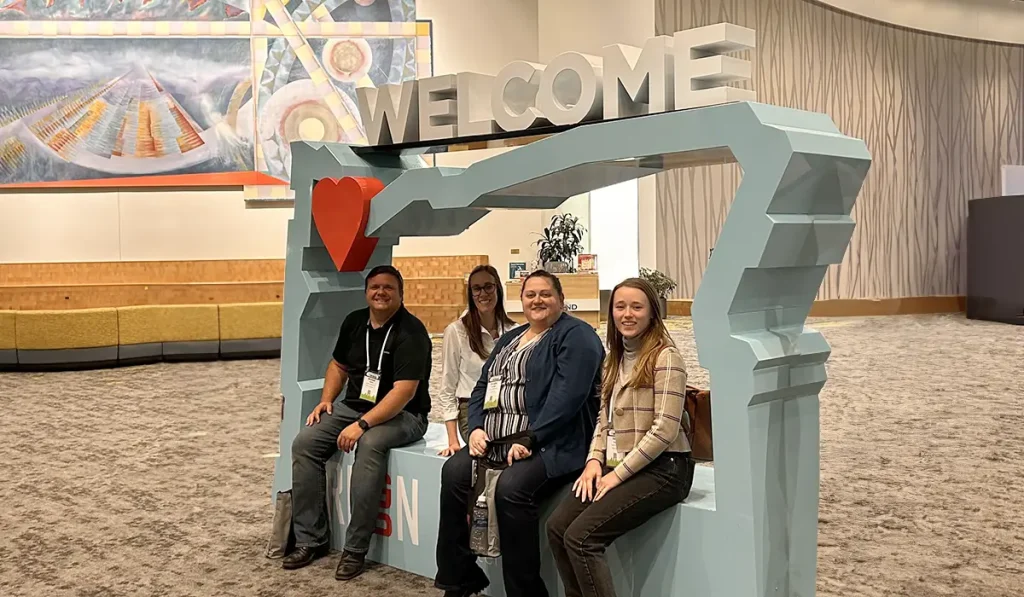
1. Inclusive Design as a Priority

A recurring theme was the need to go beyond ADA compliance, focusing on a universal design that creates environments where all students feel included. Spaces like Morgan’s Wonderland —a fully accessible theme park — served as a model for fostering inclusion. Concepts like sensory rooms for neurodiverse learners and sensory hallways, which integrate nature-inspired elements, emphasized how design can better serve every student’s needs.
2. Flexibility in Learning Spaces
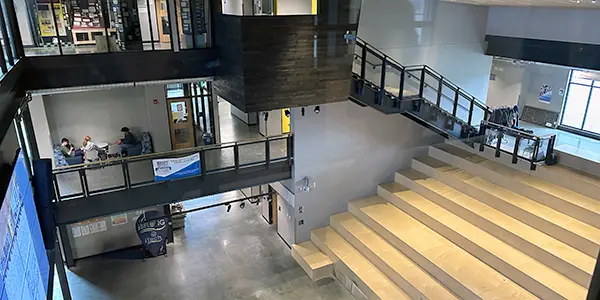
We have long understood the importance of flexible, reconfigurable classroom designs and how they empower students. Traditional, rigid seating arrangements are being replaced by adaptable furniture that encourages collaborative, independent, and hands-on learning. Students’ involvement in shaping their classroom environment can enhance ownership and engagement. A powerful key takeaway was that it is important to partner with staff to inform them how to use these types of spaces so they don’t sit empty and unused.
3. Designing for Social-Emotional Well-Being
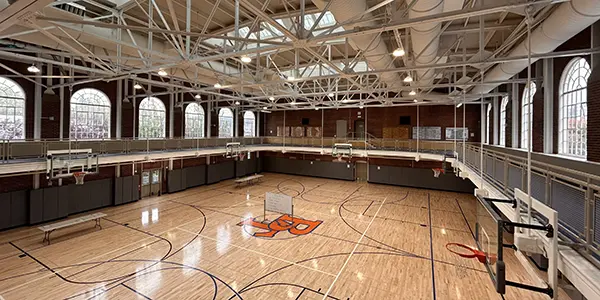
We were reminded that schools need to be designed with the “whole child” in mind—considering their emotional, social, and cognitive well-being. Factors like lighting, air quality, and flexible seating impact student performance and mood. The importance of creating spaces that nurture social-emotional learning (SEL) was a strong theme across many sessions.
4. The Role of Play in Learning
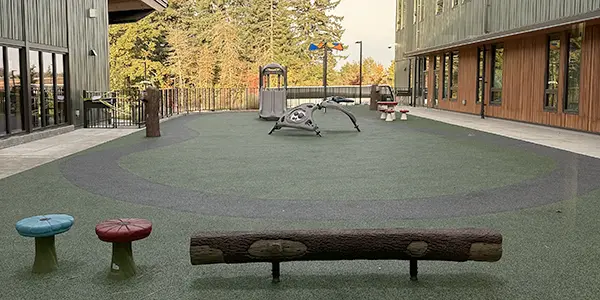
Playgrounds are integral to social learning, and inclusive design is key. Sessions reinforced the idea that play spaces should cater to children of all abilities, incorporating features like musical elements and tactile surfaces. These play areas foster social, emotional, and physical development and are crucial in school design.
5. Balancing Safety and Ethical Design
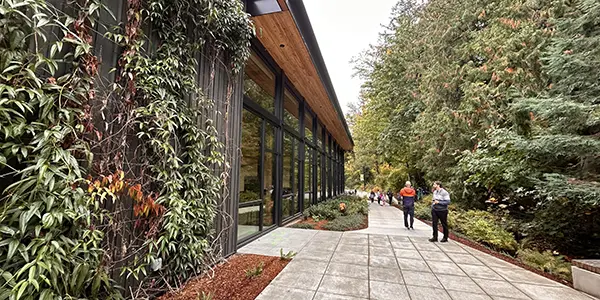
Safety in schools was another major discussion point. Sessions focused on designing environments that feel safe yet welcoming. The importance of listening to students’ needs in creating spaces that foster both physical and emotional security was particularly insightful. Solutions ranged from proactive safety measures to creating environments that foster connections to combat feelings of hopelessness among students.
LearningSCAPES 2024 offered us invaluable insights and reinforced the need for thoughtful, inclusive, and flexible designs in K-12 environments. These takeaways will certainly shape our future projects as we strive to create spaces that inspire, engage, and support every student.